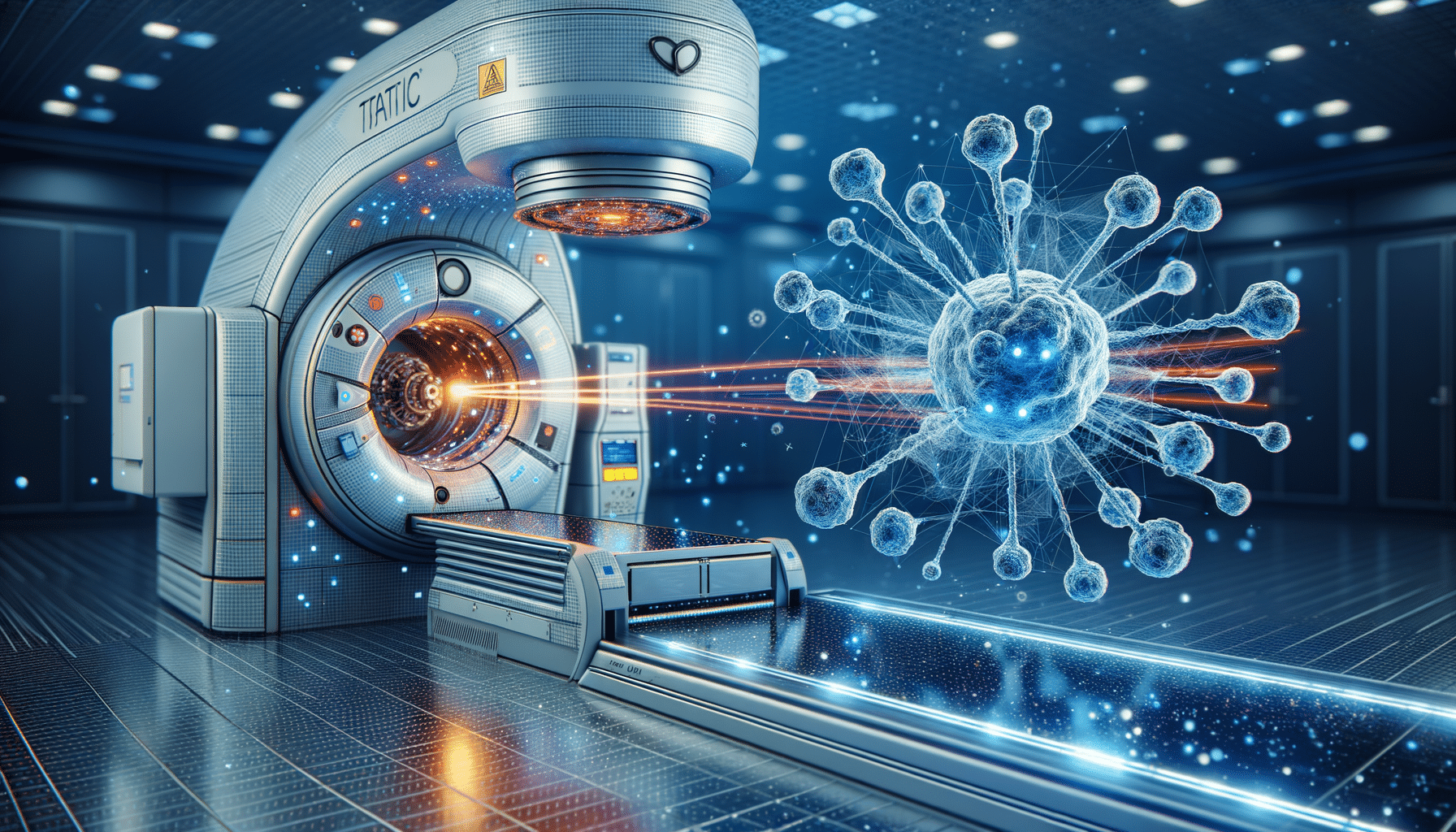
The Science Behind Radiation Therapy: How It Works to Fight Cancer
Introduction to Radiation Therapy
Radiation therapy, also known as radiotherapy, is a cornerstone in cancer treatment, playing a crucial role in the field of radiation oncology. This therapy uses high-energy radiation to target and destroy cancer cells, aiming to shrink tumors and eliminate malignant cells. The science behind this treatment is fascinating and involves a deep understanding of how radiation interacts with cellular structures. This article will delve into the mechanisms of radiation therapy, its benefits, and the considerations involved in its application.
The Mechanisms of Radiation Therapy
At the heart of radiation therapy lies the principle of ionizing radiation, which is capable of damaging the DNA of cancer cells. This damage is often irreparable, leading to cell death or the inability of the cell to divide and grow. The therapy exploits the differences between cancer cells and normal cells, with cancer cells being more susceptible to radiation-induced damage due to their rapid division rates. The precision of radiation therapy allows for targeted treatment, minimizing damage to surrounding healthy tissues.
Radiation therapy can be delivered externally or internally. External beam radiation therapy (EBRT) involves directing radiation from outside the body, while internal radiation therapy, or brachytherapy, involves placing radioactive material inside the body near cancer cells. The choice between these methods depends on the type and location of cancer, as well as the patient’s overall health.
Types and Techniques of Radiation Therapy
Radiation therapy encompasses a variety of techniques, each tailored to specific types of cancer and patient needs. Among the different types are:
- 3D Conformal Radiation Therapy (3D-CRT): Uses imaging technology to create a three-dimensional representation of the tumor, allowing for precise targeting.
- Intensity-Modulated Radiation Therapy (IMRT): Delivers varying intensities of radiation beams, providing a higher dose to the tumor while sparing healthy tissue.
- Stereotactic Radiosurgery (SRS) and Stereotactic Body Radiation Therapy (SBRT): Highly focused techniques used for small tumors, often in the brain or spine.
These advanced techniques exemplify the evolution of radiation therapy, making it a highly effective tool in the fight against cancer.
Benefits and Considerations of Radiation Therapy
Radiation therapy offers several benefits, including the ability to treat a wide range of cancers, either as a standalone treatment or in conjunction with surgery and chemotherapy. It can be curative, palliative, or used to prevent cancer recurrence. However, like all medical treatments, it comes with considerations. Patients may experience side effects such as fatigue, skin irritation, or more specific effects depending on the treatment area, such as difficulty swallowing or changes in bowel habits.
It’s crucial for patients to discuss potential side effects and outcomes with their healthcare team to make informed decisions. The goal is to maximize the therapeutic benefits while minimizing adverse effects, ensuring a balanced approach to cancer treatment.
The Path to Healing and Recovery
After completing radiation therapy, the journey to recovery begins. This phase involves regular follow-ups to monitor the treatment’s effectiveness and manage any lingering side effects. Patients are encouraged to maintain a healthy lifestyle, including a balanced diet and regular exercise, to support their recovery and overall well-being.
Emotional and psychological support is equally important, as the cancer journey can be challenging. Support groups, counseling, and patient education can provide valuable resources and encouragement. Ultimately, radiation therapy is a powerful tool in the arsenal against cancer, offering hope and healing to many patients.


